Home>Furniture & Design>Bathroom Accessories>What’s In A First Aid Kit
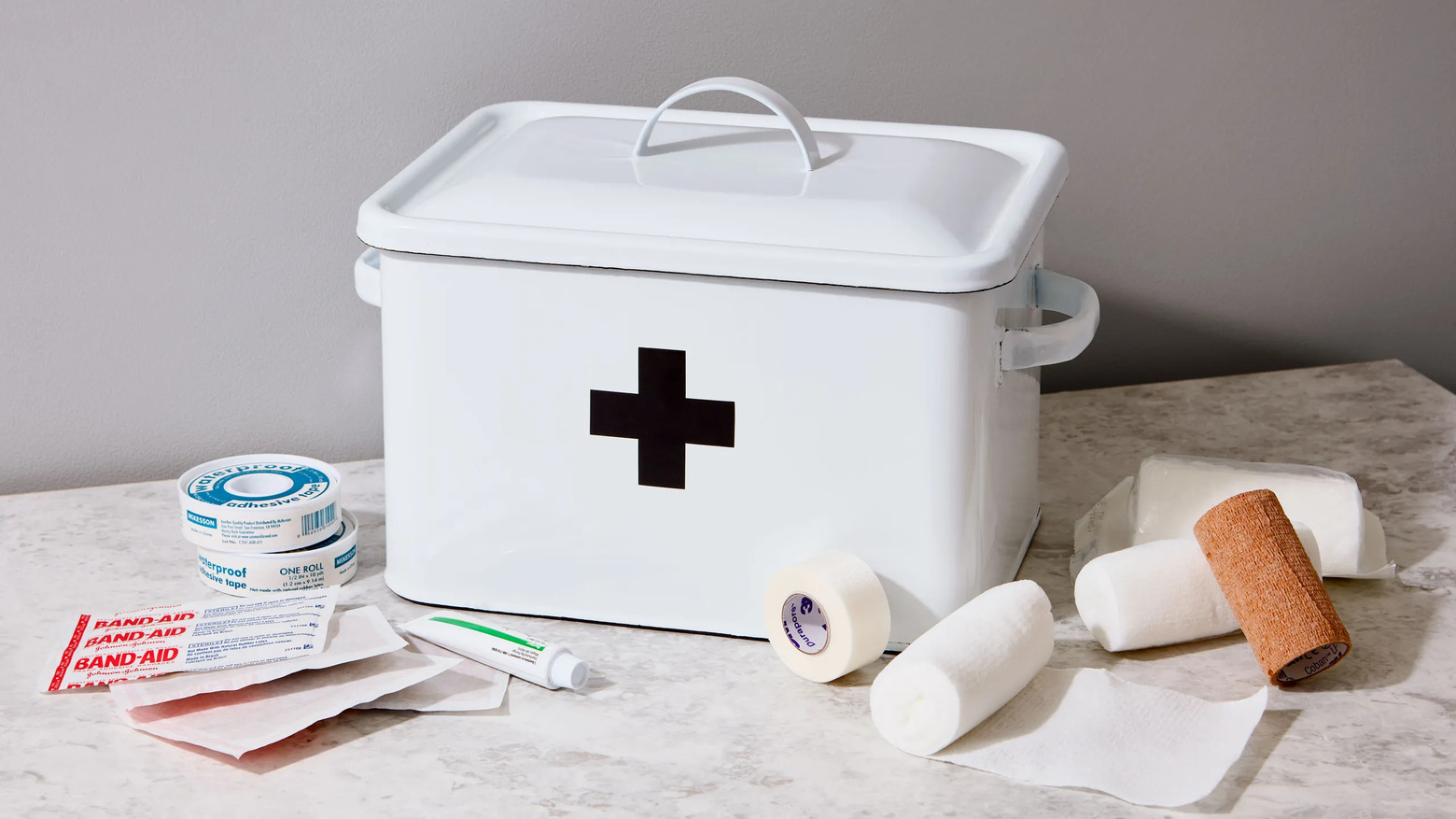

Bathroom Accessories
What’s In A First Aid Kit
Published: February 10, 2024
Ensure your bathroom is equipped with essential first aid supplies. Find a variety of bathroom accessories to create a comprehensive first aid kit. Stay prepared for any emergency.
(Many of the links in this article redirect to a specific reviewed product. Your purchase of these products through affiliate links helps to generate commission for Storables.com, at no extra cost. Learn more)
Introduction
A first aid kit is an essential tool for addressing minor injuries and medical emergencies that can occur at any time. Whether at home, in the car, or while engaging in outdoor activities, having a well-stocked first aid kit can make a significant difference in providing immediate care before professional medical help is available.
In this article, we will explore the fundamental items that should be included in a basic first aid kit, as well as additional supplies that may be necessary for specific needs. Furthermore, we will discuss how to customize a first aid kit to cater to the requirements of various activities, ensuring that individuals are adequately prepared for potential injuries or health-related incidents.
Understanding the importance of a first aid kit and its contents is crucial for everyone, as it empowers individuals to respond effectively to unforeseen medical situations. By being equipped with the necessary supplies and knowledge, individuals can provide timely assistance, potentially minimizing the impact of injuries and promoting faster recovery.
Now, let's delve into the essential items that should be included in a basic first aid kit, laying the foundation for a comprehensive understanding of this vital resource.
Key Takeaways:
- Be Prepared for Anything
A well-stocked first aid kit with basics like bandages and pain relievers, plus extras like allergy meds and burn gel, ensures you’re ready for any injury or emergency, no matter where you are. - Customize for Every Adventure
Tailor your first aid kit to different activities, like adding blister pads for hiking or motion sickness meds for travel. Being prepared for specific risks makes staying safe a breeze!
Read more: What Is Inside A First Aid Kit
Basic items in a first aid kit
A well-prepared first aid kit should contain a range of essential items to address common injuries and medical needs. These items serve as the first line of defense in managing minor wounds, burns, sprains, and other medical emergencies. Here are the basic items that should be included in a standard first aid kit:
1. Adhesive bandages
Adhesive bandages, commonly known as Band-Aids, are indispensable for covering minor cuts and abrasions, providing protection against infection and promoting healing.
2. Gauze pads and adhesive tape
Gauze pads and adhesive tape are essential for dressing larger wounds and controlling bleeding. They are versatile and can be used to create custom-sized dressings as needed.
3. Antiseptic wipes or solution
Antiseptic wipes or solution are crucial for cleaning wounds and preventing infection. They help reduce the risk of bacteria and germs entering the body through open wounds.
Read more: What Is The Purpose Of A First Aid Kit?
4. Tweezers and scissors
Tweezers are useful for removing splinters and debris from wounds, while scissors enable the safe and precise cutting of bandages and tapes.
5. Disposable gloves
Disposable gloves are essential for protecting both the first aider and the injured person from potential contamination. They should be worn when providing first aid to prevent the spread of infection.
6. Pain relievers
Including over-the-counter pain relievers such as acetaminophen or ibuprofen can help alleviate minor aches and pains, providing temporary relief until further medical assistance is available.
7. Thermometer
A thermometer is vital for assessing body temperature, especially in cases of fever or suspected illness. It enables the monitoring of changes in body temperature, aiding in the assessment of the individual's health status.
Read more: What Are 10 Items In A First Aid Kit?
8. First aid manual
A comprehensive first aid manual provides guidance on how to administer basic first aid, offering step-by-step instructions for managing various injuries and medical conditions.
9. Emergency contact information
It is essential to include a list of emergency contact numbers, including local emergency services, family members, and healthcare providers, ensuring quick access to crucial support in times of need.
By ensuring that these basic items are present in a first aid kit, individuals can be better prepared to address common injuries and medical situations effectively. These supplies form the foundation of a well-equipped first aid kit, providing the necessary tools to offer immediate assistance and support in times of need.
Additional items for specific needs
In addition to the basic items, specific situations may require additional supplies to address unique medical needs and potential emergencies. Tailoring a first aid kit to accommodate specific requirements ensures that individuals are adequately prepared to handle a diverse range of injuries and health-related incidents. Here are some additional items that can be included based on specific needs:
1. Allergy medication
Individuals with known allergies, such as to insect stings, certain foods, or medications, should consider including antihistamines or epinephrine auto-injectors in their first aid kit. These medications can provide crucial relief in the event of an allergic reaction, potentially preventing severe complications.
Read more: What Should Be In A School First Aid Kit
2. Inhaler or respiratory medication
For individuals with asthma or other respiratory conditions, having a rescue inhaler or prescribed respiratory medication in the first aid kit is essential. These medications can help manage sudden breathing difficulties and provide immediate relief during asthma attacks or similar incidents.
3. Burn gel or ointment
In cases where there is a risk of burns, including a specialized burn gel or ointment can help soothe and protect the affected area. This can be particularly useful for individuals who engage in activities involving open flames, hot surfaces, or other potential sources of burns.
4. Eye wash solution
Workplaces or environments where there is a risk of eye injuries due to chemicals, dust, or foreign objects should have an eye wash solution in the first aid kit. Prompt irrigation of the eyes can help minimize damage and discomfort in the event of an eye-related emergency.
5. Instant cold packs
Instant cold packs are valuable for managing swelling, sprains, and minor injuries. Including these packs in the first aid kit enables individuals to provide immediate cold therapy, which can help alleviate pain and reduce swelling following an injury.
Read more: What Should Be In A Kitchen First Aid Kit
6. Tourniquet
In certain outdoor or high-risk environments, such as wilderness expeditions or remote areas, a tourniquet may be considered for severe bleeding control. Proper training and understanding of tourniquet application are essential before including this item in the first aid kit.
7. Medications for chronic conditions
Individuals with chronic medical conditions, such as diabetes or heart disease, should ensure that their first aid kit contains necessary medications, such as insulin, nitroglycerin, or other prescribed drugs. It is crucial to regularly check the expiration dates of these medications and replace them as needed.
By incorporating these additional items based on specific needs, individuals can enhance the effectiveness of their first aid kit, catering to the unique health concerns and potential emergencies they may encounter. Customizing the first aid kit in this manner demonstrates proactive preparedness and a commitment to addressing diverse medical needs in various environments and situations.
How to customize a first aid kit for different activities
Customizing a first aid kit for different activities involves tailoring the kit's contents to address the specific risks and potential injuries associated with each activity. By considering the unique demands of various environments and the types of injuries that may occur, individuals can ensure that their first aid kit is well-suited to provide effective care in diverse situations.
Home and Family Activities
For home and family activities, the first aid kit should cater to common household injuries and minor medical needs. In addition to the basic supplies, including items such as children's pain relievers, adhesive bandages in various sizes, and child-friendly antiseptic wipes can be beneficial. Furthermore, having a thermometer suitable for all family members, including infants and young children, is essential. For households with elderly individuals, adding items such as non-latex gloves, extra gauze pads, and medications for chronic conditions may be necessary.
Read more: What Is Gauze Used For In A First Aid Kit
Outdoor Adventures
When engaging in outdoor activities such as hiking, camping, or backpacking, the first aid kit should be equipped to handle injuries related to outdoor environments. In addition to the standard supplies, including items such as blister treatment pads, insect sting relief medication, and a compact snakebite kit can be valuable. It is also important to consider the potential for musculoskeletal injuries, so including a compact splint and elastic bandages for sprains and strains is advisable. Additionally, individuals participating in water-based activities should include waterproof bandages and a small supply of saline solution for eye irrigation.
Sports and Fitness
For individuals involved in sports and fitness activities, the first aid kit should address the common injuries associated with physical exertion and athletic participation. In addition to the basic items, including instant cold packs, athletic tape, and compression wraps can aid in managing sports-related injuries such as strains, sprains, and bruises. It is also crucial to include items specific to the particular sport or activity, such as blister prevention products for runners or specialized wound care for contact sports.
Travel and Commuting
When traveling or commuting, the first aid kit should be portable and versatile, capable of addressing potential medical needs while on the go. In addition to the standard supplies, including motion sickness medication, travel-sized antacids, and a compact first aid manual can be beneficial. Individuals traveling to remote or international destinations should also consider including items such as water purification tablets, insect repellent, and medications for traveler's diarrhea.
Workplace and Occupational Settings
In occupational environments, the first aid kit should comply with workplace safety regulations and address the specific hazards associated with the job. In addition to the standard supplies, including specialized burn dressings, eye wash stations, and personal protective equipment (PPE) such as CPR face shields and safety gloves is essential. Furthermore, individuals working in high-risk industries should receive training on the proper use of specialized first aid equipment and supplies specific to their workplace hazards.
By customizing a first aid kit to align with the demands of different activities, individuals can ensure that they are well-prepared to address a wide range of potential injuries and medical needs. Tailoring the contents of the first aid kit based on the unique risks and requirements of each activity demonstrates proactive readiness and a commitment to promoting safety and well-being in diverse environments.
Read more: What Is A First Aid Kit Used For In A Lab
Conclusion
In conclusion, a well-equipped first aid kit is an indispensable resource that empowers individuals to respond effectively to a wide range of injuries and medical emergencies. By ensuring that the basic items, such as adhesive bandages, gauze pads, antiseptic wipes, and essential medications, are present, individuals can provide immediate care and support in times of need. Additionally, customizing the first aid kit with additional items based on specific needs and tailoring it to different activities enhances its effectiveness in addressing diverse health-related situations.
The inclusion of allergy medications, respiratory aids, and specialized supplies for burns and eye injuries demonstrates proactive preparedness for unique medical needs. Moreover, customizing the first aid kit for home and family activities, outdoor adventures, sports and fitness, travel and commuting, and workplace settings ensures that individuals are well-prepared to handle injuries and medical needs in various environments.
Understanding the importance of a first aid kit and regularly maintaining its contents, including checking expiration dates and replenishing supplies, is crucial for ensuring its readiness. Furthermore, being familiar with the proper use of the items in the first aid kit and having basic first aid knowledge can significantly impact the ability to provide effective care during emergencies.
Ultimately, the presence of a well-stocked and customized first aid kit reflects a commitment to safety, preparedness, and the well-being of oneself and others. By recognizing the significance of this essential resource and taking proactive steps to tailor it to specific needs and activities, individuals can play a vital role in promoting a safer and more secure environment for themselves and those around them.
Frequently Asked Questions about What's In A First Aid Kit
Was this page helpful?
At Storables.com, we guarantee accurate and reliable information. Our content, validated by Expert Board Contributors, is crafted following stringent Editorial Policies. We're committed to providing you with well-researched, expert-backed insights for all your informational needs.
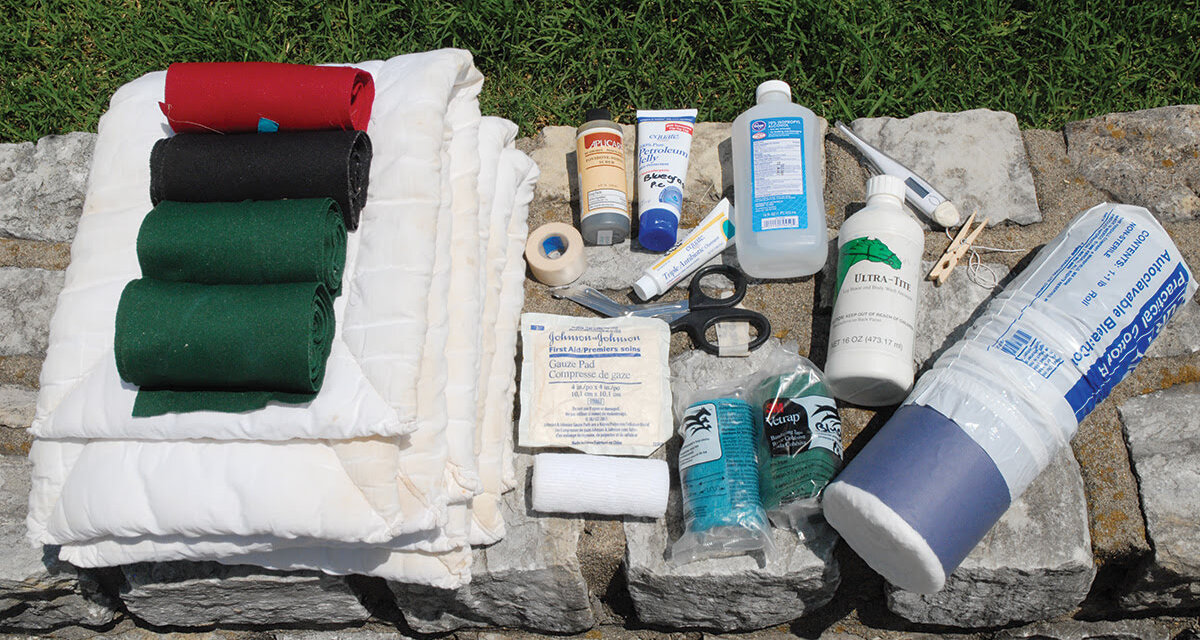
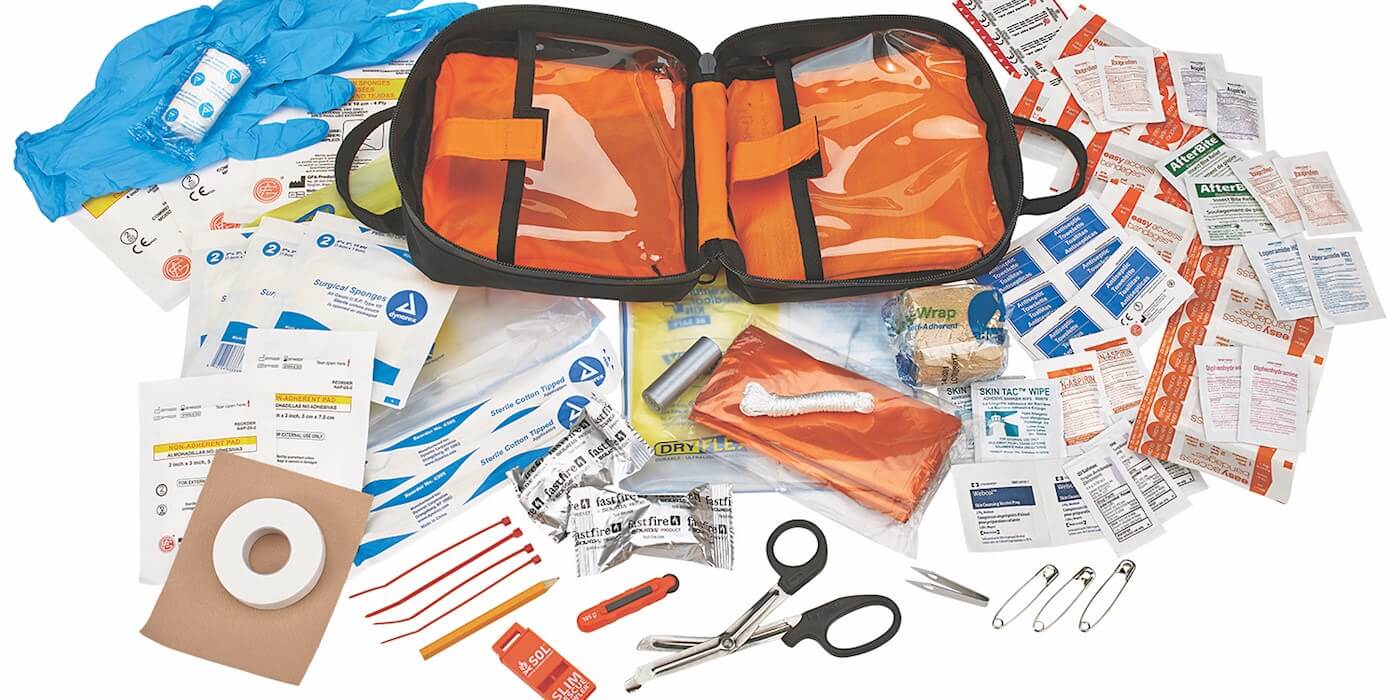
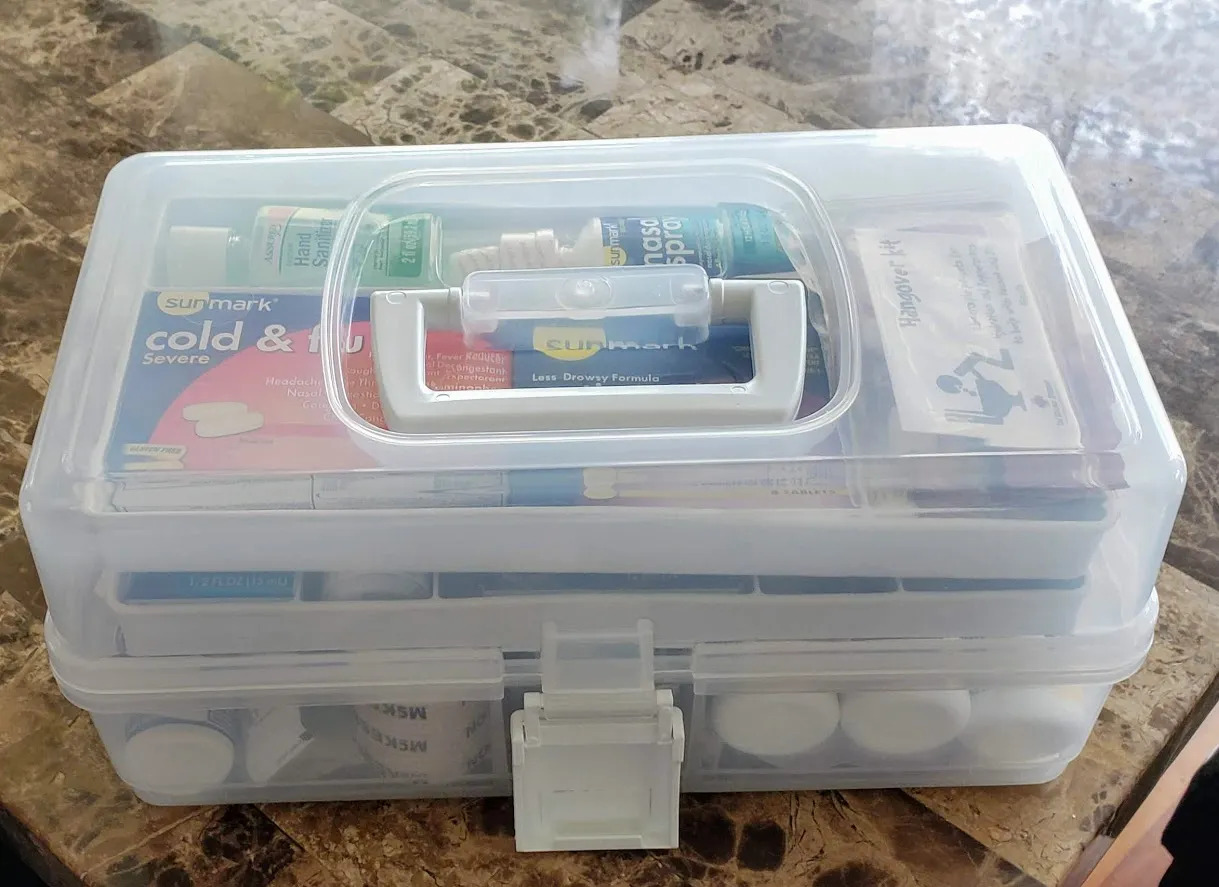
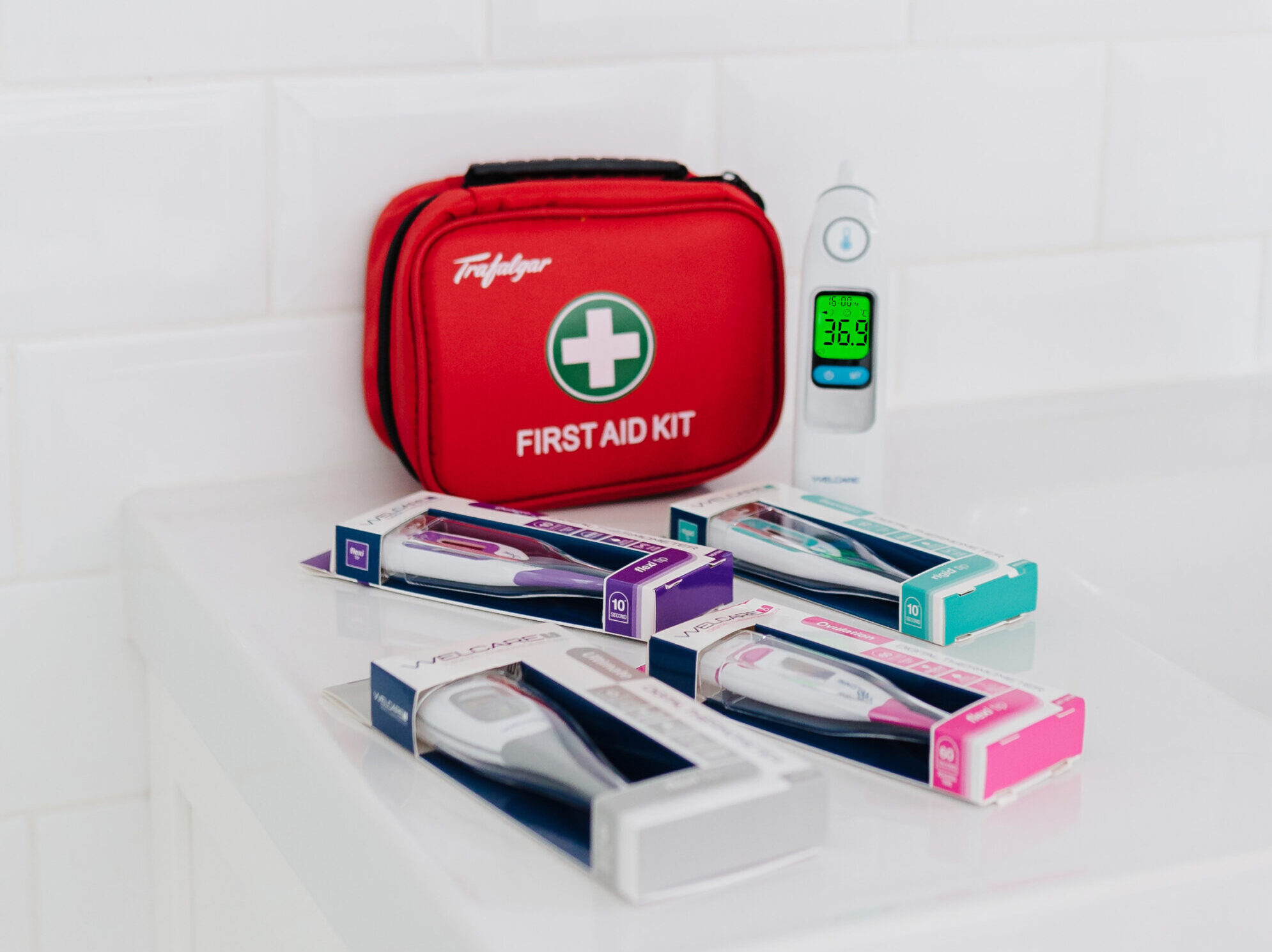
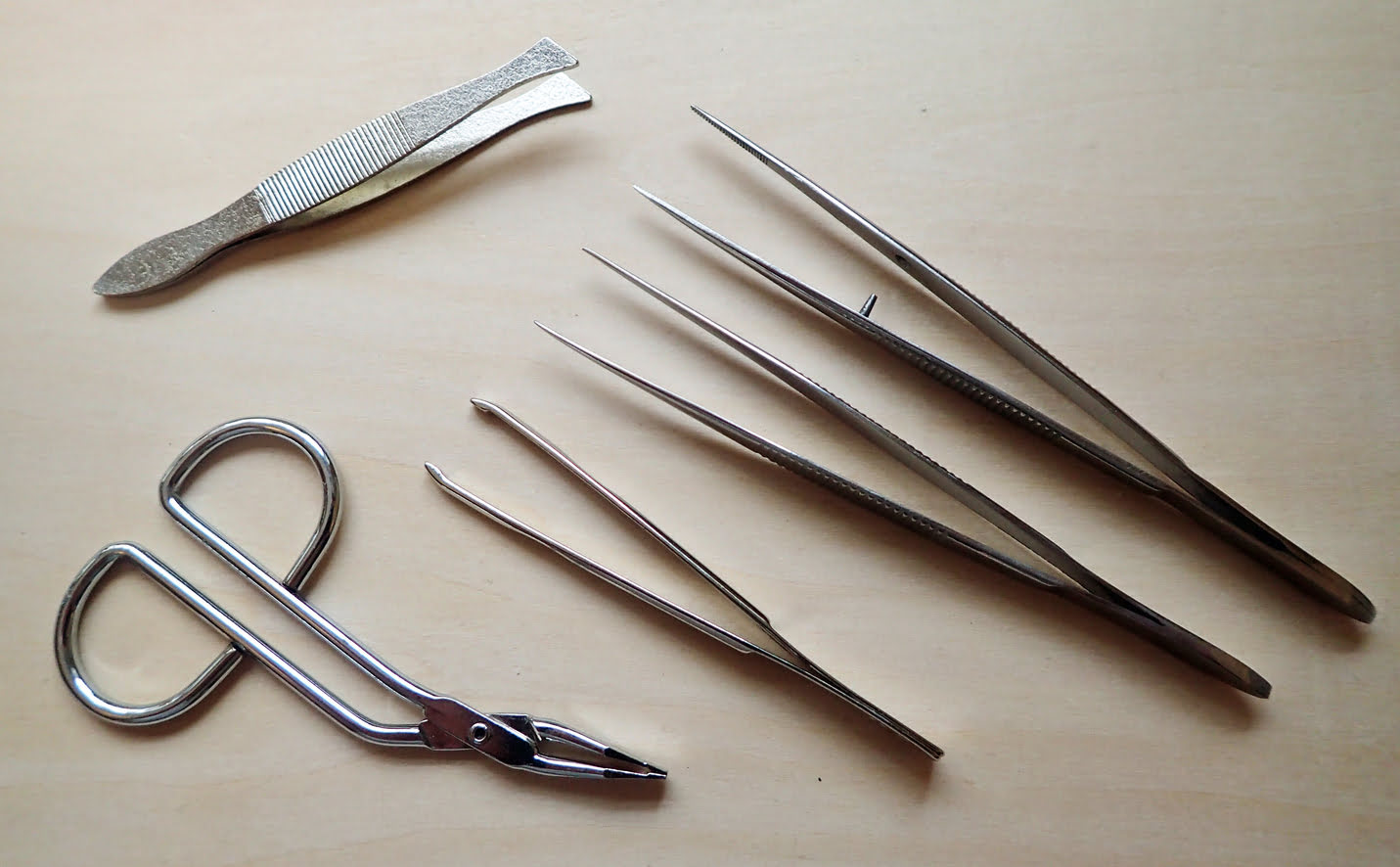
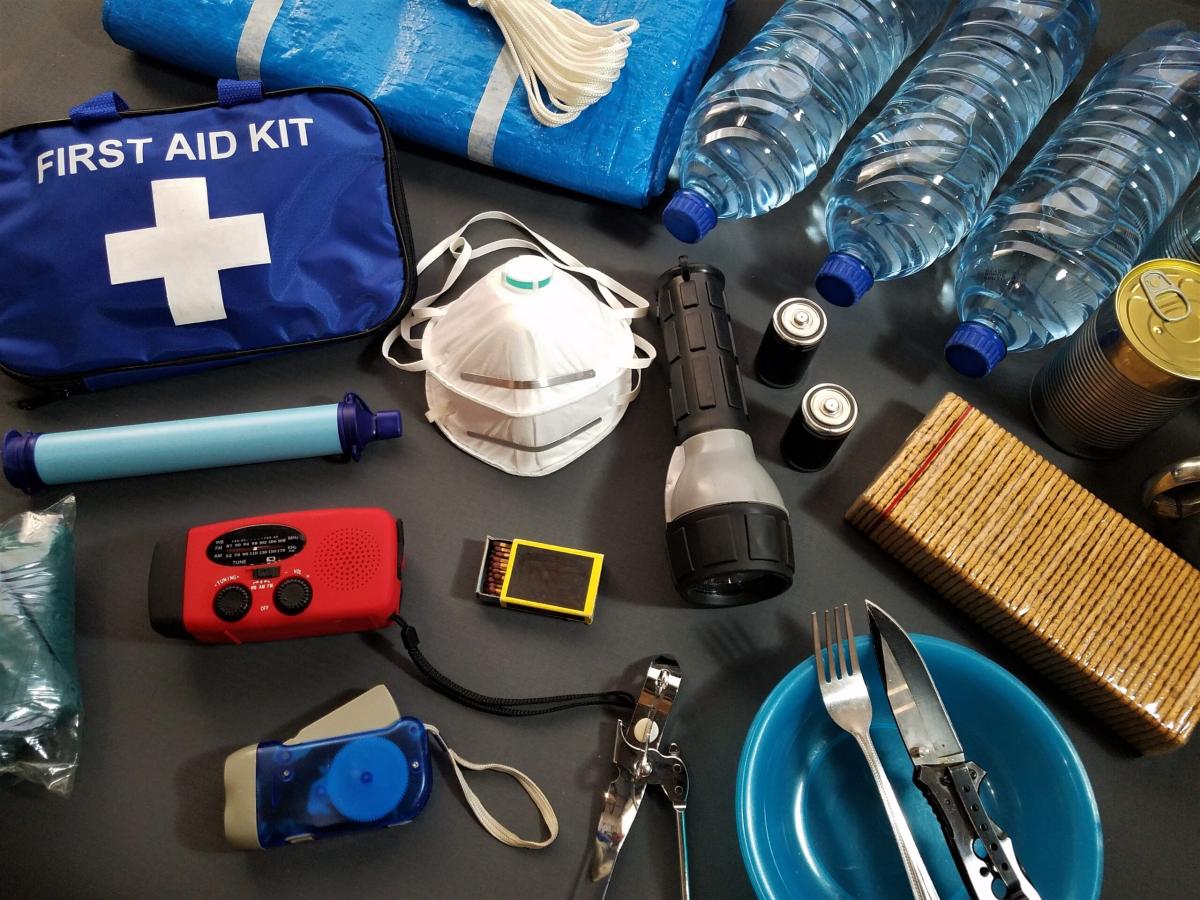
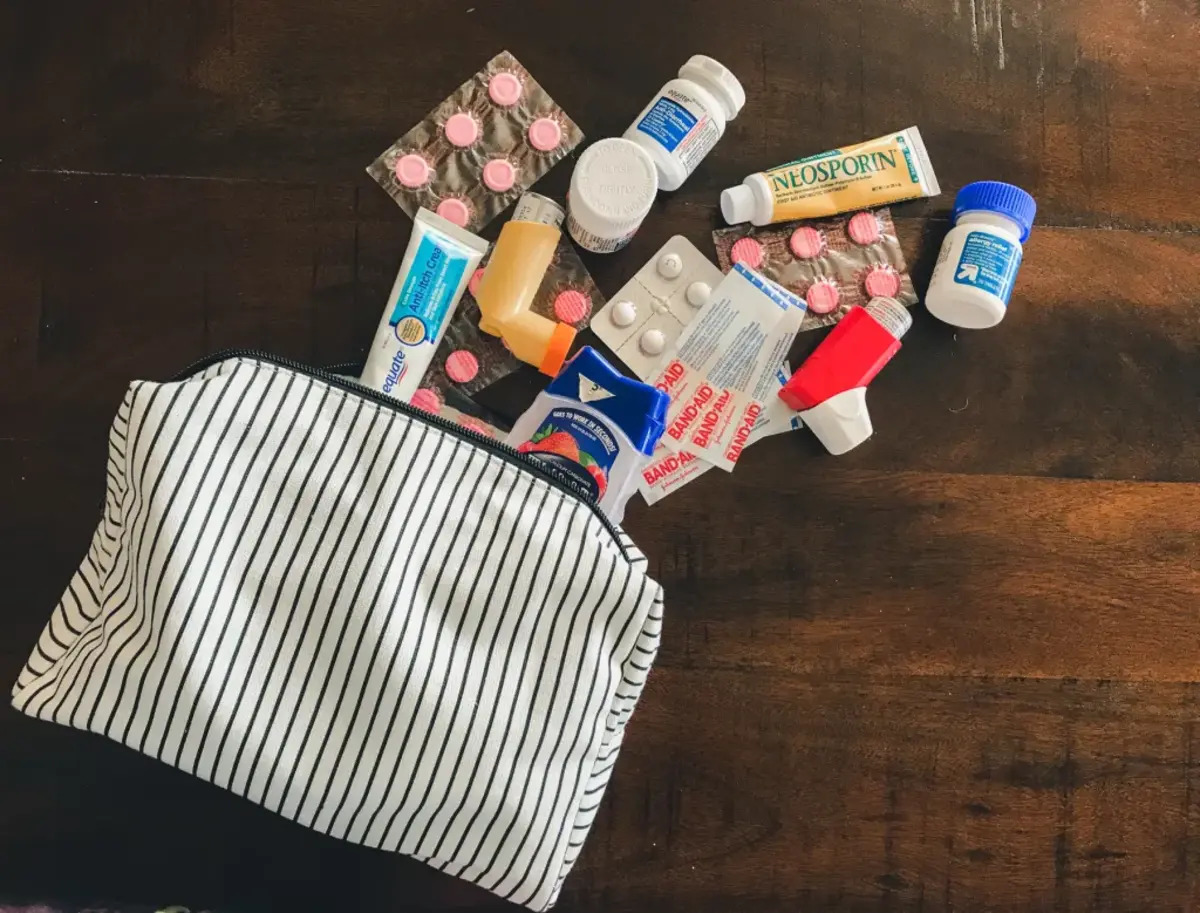
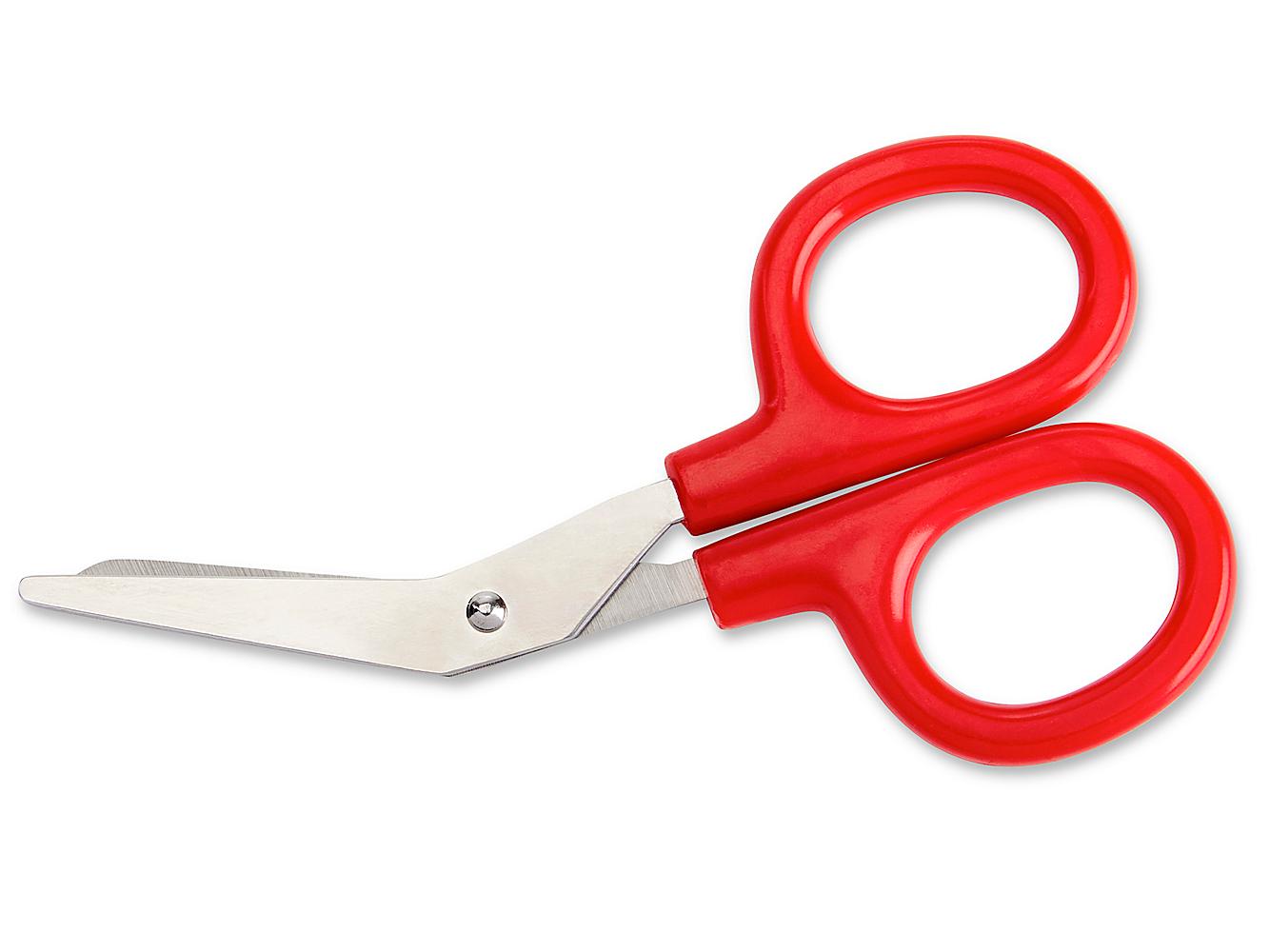
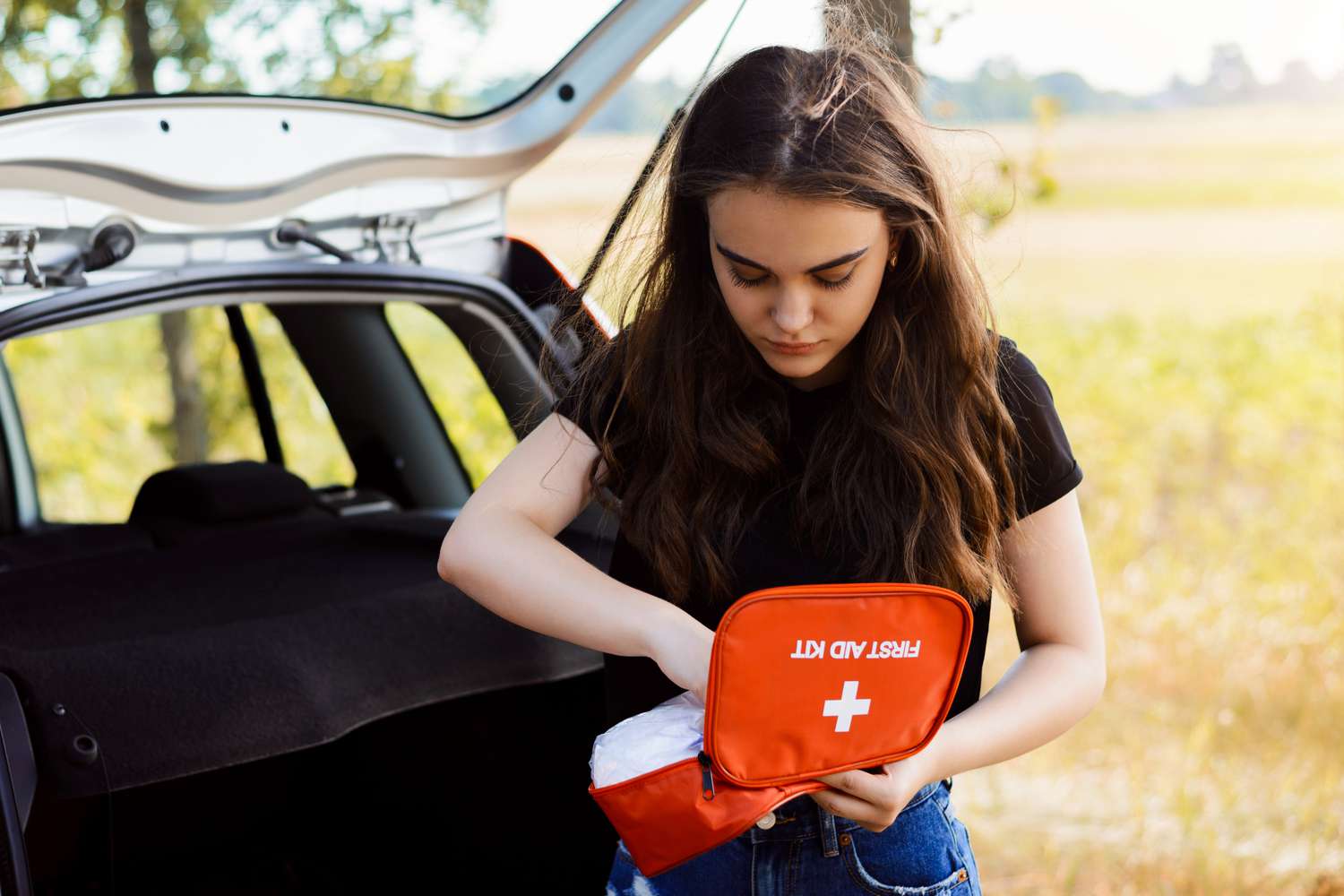

0 thoughts on “What’s In A First Aid Kit”